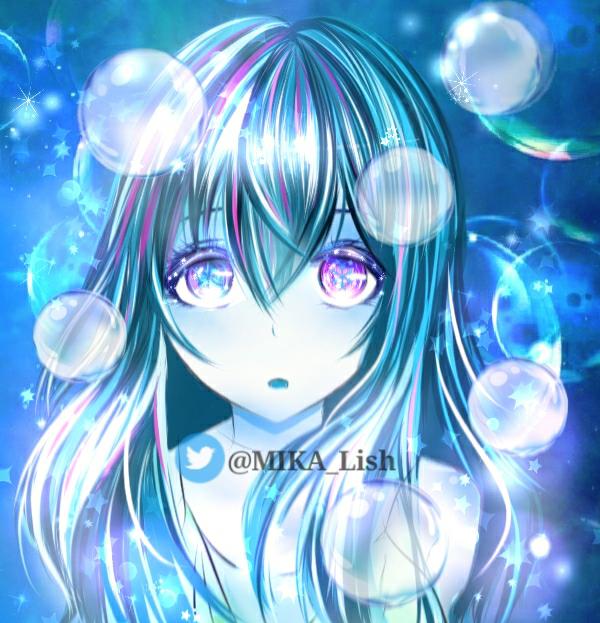
Embarking on your digital art journey can be both exciting and daunting. This article demystifies the process by outlining the top 10 steps to elevate your beginner digital art skills.
We'll delve into fundamental tools, software, techniques, and constructive feedback. Each step is designed to bolster your creativity, enhance your technical prowess, and foster your unique artistic voice.
Let's take your digital artistry to the next level. Innovation awaits.
Undeniably, mastering the basics of digital art tools is a fundamental step in elevating your beginner digital art skills. Tool customization is a significant aspect of this process. It involves adjusting the settings of your digital brushes, pens, and other tools to suit your unique style and project requirements. This customization optimizes your workflow and fosters artistic efficiency.
Simultaneously, a profound understanding of the digital canvas is essential. Unlike traditional canvases, digital ones offer infinite possibilities. They allow for easy editing and manipulation, providing a platform for boundless creativity. Understanding how to navigate and manipulate these canvases can significantly enhance your digital art endeavors.
Exploring Different Digital Art Software
As we continue our journey in augmenting beginner digital art skills, our next focus is on exploring various digital art software. The aim is to contrast software options and break down their key features, helping you make an informed decision on which tools best suit your creative needs.
Knowledge of the right software can greatly enhance the ease and quality of your digital art production.
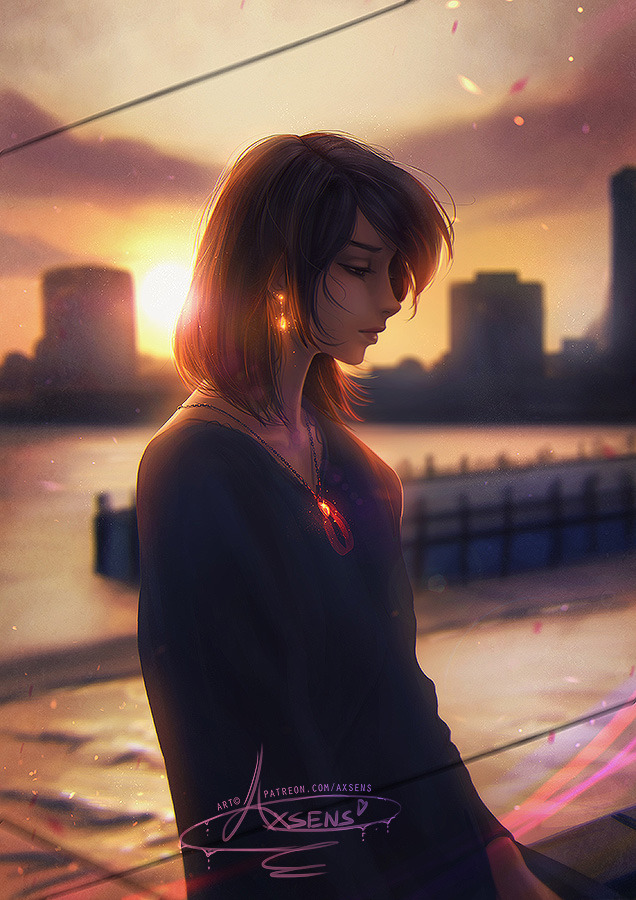
Comparing Software Options
To elevate your digital art skills, it is crucial to navigate through the landscape of various software options available in the market. The two key factors to consider in this exploration are software affordability and a customizable interface.
Affordability does not always mean compromising on quality. Several high-quality software options are budget-friendly, making them ideal for beginners.
A customizable interface, on the other hand, allows you to tailor the software to your artistic process. It can be adjusted to suit your workflow, thereby enhancing your productivity. Software like Adobe Photoshop, Corel Painter, and Clip Studio Paint, among others, offer these benefits.
Delve into research, engage in trial versions, and read user reviews to identify the software that will best elevate your digital art skills.
Software Features Breakdown
Having selected potential software options, understanding the distinct features of each becomes vital, and this section will provide a comprehensive breakdown of these features for your consideration.
Software customization is a key aspect to consider; this includes the ability to adjust settings, modify toolbars, and create custom brushes. This personalization can greatly enhance your workflow and artistic expression.
Additionally, feature utilization is another crucial factor. This pertains to the range and sophistication of tools available such as layer styles, filters, and effects. Some software also offer advanced features like 3D modeling, animation, and texturing.

Exploring these features helps you maximize the potential of your chosen software, thereby elevating your digital art skills to new creative heights.
Brushing Up on Basic Drawing Skills
While you may be eager to jump directly into digital art, it's crucial that you first brush up on your basic drawing skills, which serve as the foundation for any artistic endeavor. Enhancing your understanding of gesture drawing essentials and acknowledging the importance of anatomy study will aid in developing a solid skill base.
Consider these key areas to focus on:
- Gesture Drawing: Learn to capture the motion and form of your subject quickly and accurately.
- Anatomy Study: Understanding the structure of human and animal forms will enhance your work's realism.
- Perspective: Practice drawing objects from various angles to improve depth perception.
- Shading: This will add dimension and depth to your creations.
- Composition: Understand how to arrange elements optimally for a visually pleasing result.
With these fundamentals, your transition into digital art will be smoother and more productive.
Learning the Art of Layers and Blending Modes
Mastering an artist's use of layers and blending modes can dramatically enhance the depth and complexity of your digital artwork. Understanding layer hierarchy importance is crucial to this.
Layers enable you to work on individual elements of your piece without affecting others, offering creative freedom and control. The hierarchy, or order of layers, affects how they interact, so it's crucial to get it right for your vision to come alive.
Blending mode applications take this a step further. They determine how the colors of your layers interact, creating stunning visual effects that can't be achieved in any other way. Experiment with different modes to discover unique styles that will set your digital art apart.
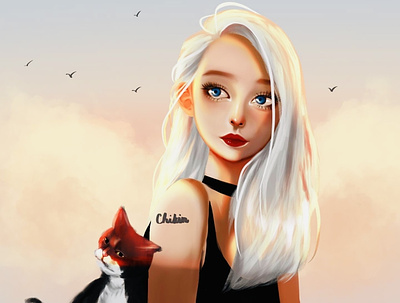
Be innovative, and elevate your artwork to new heights.
Mastering Color Theory in Digital Art
Delving into the realm of color theory is an essential step towards mastering digital art. It provides the foundational understanding of how colors interact, influence emotions, and contribute to the overall aesthetic of your artwork.
To elevate your digital art skills, consider these key points:
- Understand the color wheel and how colors relate to each other.
- Study color psychology in art to better convey your intended emotions and messages.
- Develop effective palette selection strategies; selecting a limited, cohesive color scheme can aid in producing a more visually pleasing piece.
- Experiment with different color harmonies, like complementary, split-complementary, and analogous schemes.
- Practice using color to highlight your focal points and guide the viewer's eye around your artwork.
Mastering color theory can truly transform your digital art journey.
Experimenting With Different Art Styles
The eighth step in elevating your beginner digital art skills involves experimenting with different art styles. Understanding that each style has unique characteristics and techniques can broaden your artistic horizons.
Dabbling in various art styles not only fosters versatility but also provides a treasure trove of art style inspiration. From Cubism's geometric abstraction to Pop Art's vibrant color palettes, each style offers a new lens to view and depict the world.
Style adaptation techniques can be honed by studying and emulating these styles, while infusing your individual creativity. This experimentation can lead to a unique hybrid style, an innovative approach that sets your artwork apart.
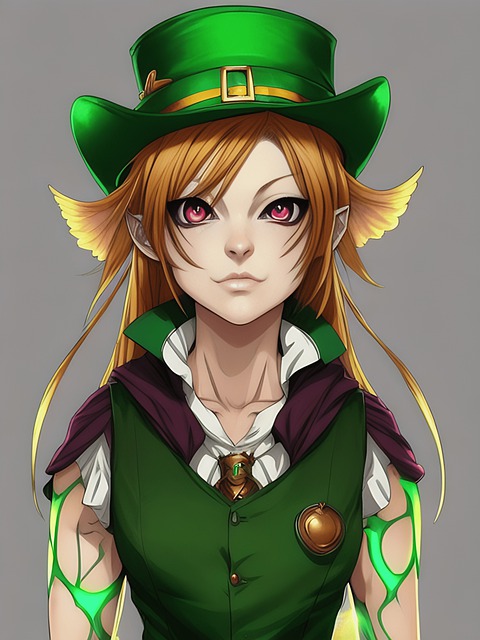
Practicing Shading and Lighting Techniques
Within the realm of digital art, focusing on shading and lighting techniques is an essential step for enhancing the depth and realism in your creations. Understanding light sources and mastering shadow manipulation techniques can transform a flat image into a visually dynamic masterpiece.
Here are some key aspects to consider:
- Identify multiple light sources and understand their impact on the object.
- Experiment with different shadow manipulation techniques to create depth.
- Learn to balance light and shadow to achieve a realistic effect.
- Understand the concept of bounced light and how it affects shadows.
- Practice shading techniques regularly to improve your skills.
Specifically practicing these aspects can significantly elevate your digital art skills. Embrace this innovative journey of learning and keep exploring.
Improving Through Constructive Criticism and Feedback
Constructive criticism and feedback play a pivotal role in advancing your digital art skills from beginner to more advanced levels. The process of receiving feedback, when embraced positively, can significantly enhance the quality of your work and accelerate your learning curve.
Viewing criticism as an indispensable growth tool, rather than an attack on your abilities, can foster a mindset conducive to continuous improvement and refinement of your digital artistry.
Embracing Feedback Positively
Undoubtedly, one of the most effective ways to improve your digital art skills as a beginner is by positively embracing feedback and constructive criticism. This process of feedback reception and critique handling can be a game changer in your artistic journey.
As you develop your digital art skills, consider these steps:
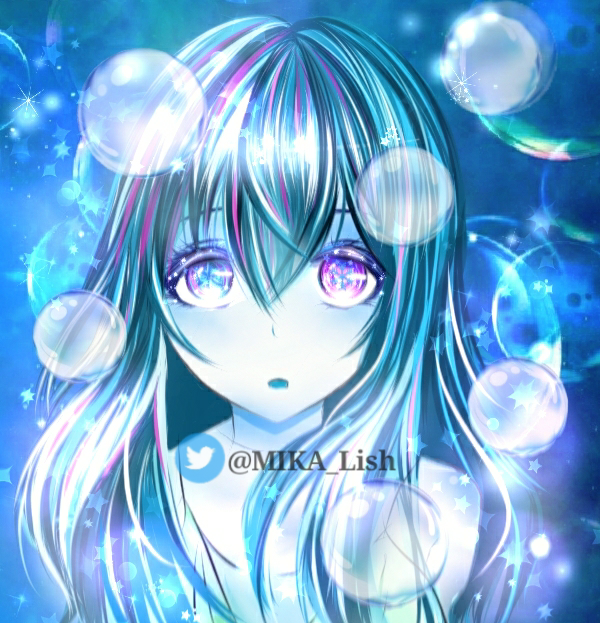
- Always maintain an open mindset towards feedback.
- Analyze every piece of criticism objectively, separating the personal from the professional.
- Learn how to filter constructive feedback from destructive criticism.
- Incorporate feedback into your work, using it to refine your techniques.
- Lastly, never let criticism deter you, instead use it as a stepping stone to elevate your skills.
Embracing feedback positively can catalyze your digital art evolution, fostering growth and innovation.
As a pivotal part of your artistic journey, understanding and utilizing criticism as a growth tool can significantly enhance your digital art skills. This involves handling rejection with grace and viewing it as an opportunity for improvement rather than a setback.
Embrace failure as a stepping stone to success, it provides invaluable insights into areas you need to focus on. Constructive criticism, when taken positively, can aid you in identifying your strengths and weaknesses, thereby helping you to refine your skills. Use it as a mirror to reflect on your work from a different perspective.
Consistently Practicing Your Skills
While mastering the technical aspects of digital art is essential, consistently practicing your skills is a critical step towards achieving artistic proficiency. Time management in art practice and motivational strategies for consistency are two key components in ensuring regular practice.
To elevate your digital art skills, consider these tips:
- Dedicate specific time slots each day for practicing your art. This routine creates consistency.
- Set achievable goals that motivate consistent practice.
- Include variety in your practice sessions to keep them engaging.
- Regularly assess your progress, and adjust your practice routines accordingly.
- Seek inspiration continually to fuel your motivation for consistent practice.
Exploring Advanced Techniques in Digital Art
As we progress in our digital art journey, it becomes crucial to explore advanced techniques that can enhance our creative prowess.
Mastering complex art tools not only broadens our artistic horizons but also provides us with the capability to craft intricate designs with precision.
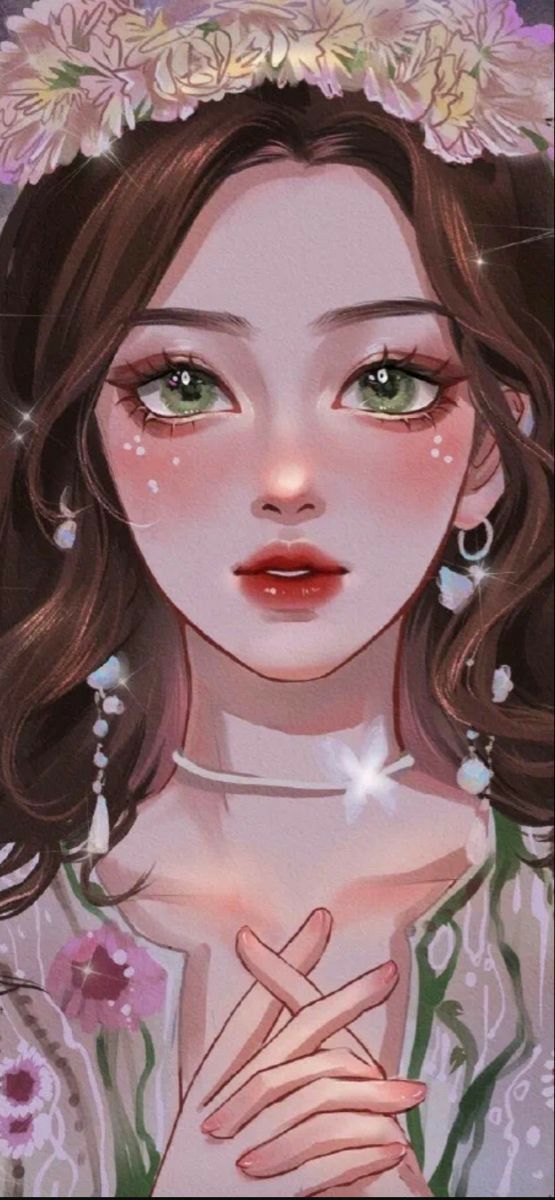
Furthermore, experimenting with layering techniques can aid in adding depth and dimension to our digital art, thereby enriching our overall artistry.
Once you have grasped the basics of digital art, it is crucial to start exploring and mastering complex art tools to further expand your skills and capabilities. Tool customization and animation integration are just the starting points.
A systematic approach to mastering complex digital art tools includes:
- Learning advanced features of your chosen software.
- Experimenting with different tool customization options to enhance your work's originality.
- Integrating animation into your art to bring your creations to life.
- Regularly updating your knowledge about emerging digital tools and techniques.
- Practicing frequently to gain proficiency and speed.
Elevating your digital art skills requires continuous learning and experimentation. Embrace the complexity of these tools, and you will discover a world of possibilities in digital art.
Experimenting With Layering Techniques
Beyond the realm of basic tool mastery, diving into the technique of layering in digital art can unlock new dimensions in your artistic expression. Layering involves the strategic placement of images atop each other and can significantly enhance the depth and complexity of your creations.
Layering texture exploration is a powerful strategy that allows artists to create intricate, realistic, and dynamic pieces. Manipulating opacity, blending modes, and effects can result in a rich tapestry of visuals that seem to leap off the screen.
Layer management strategies are equally crucial. Proper organization, naming, and grouping of layers ensure a smooth workflow and refinement of your artwork.
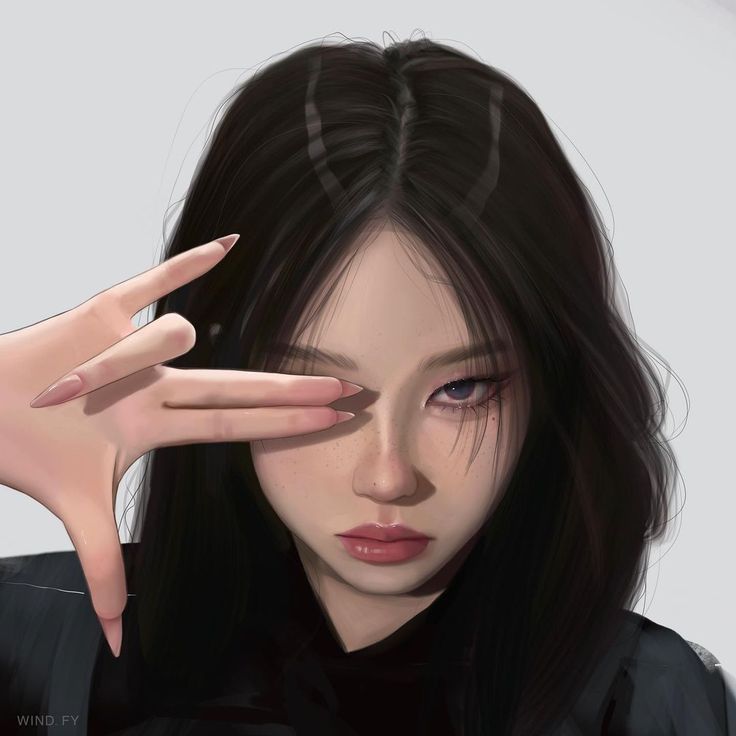
As you experiment with layering, remember that each layer holds potential for innovation, depth, and breathtaking complexity.
Frequently Asked Questions
What Is the Best Way to Monetize My Digital Art Skills?
To monetize your digital art skills, consider methods such as setting appropriate art pricing for prints or merchandise, accepting commissioned work, or offering digital art lessons. These can provide a sustainable income from your talents.
How Can I Protect My Digital Art From Copyright Infringement?
To protect your digital art from copyright infringement, consider strategic Watermark Placement on your work. Further, ensure to register your artwork with the Copyright Office to legally safeguard your creative rights.
Yes, it's possible to pursue a digital art career without formal education. Self-teaching strategies and portfolio building are crucial. With dedication, talent, and continual skill improvement, you can achieve professional success in digital art.
Prominent online platforms for showcasing digital art include social media channels like Instagram and Facebook. Additionally, portfolio website creation on platforms such as Behance, ArtStation, or your personal website can provide professional exposure.
How Can I Collaborate With Other Digital Artists to Improve My Skills?
To enhance your digital art skills, consider forming Artist Partnerships. Collaborating with fellow artists can provide valuable learning opportunities. Engage actively within digital art communities, sharing insights and seeking constructive feedback to drive innovation in your work.
 Digital Art InstructionDIY Infographics DesignMobile Game ArtworkPersonalized Logo Design3D AnimationeBook Covers DesignPrivacy PolicyTerms And Conditions
Digital Art InstructionDIY Infographics DesignMobile Game ArtworkPersonalized Logo Design3D AnimationeBook Covers DesignPrivacy PolicyTerms And Conditions
